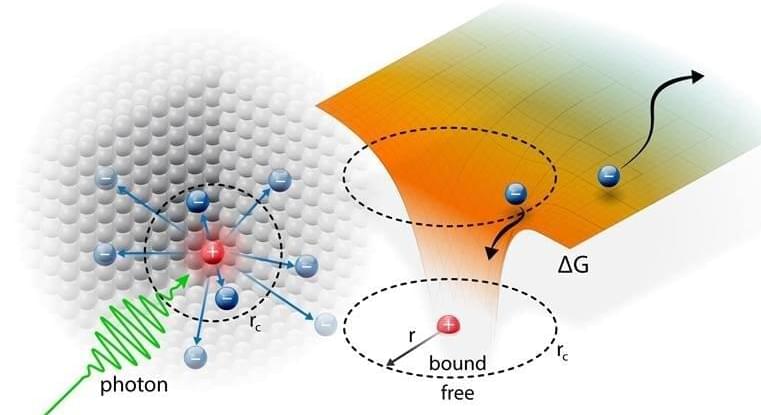The 45.22-tesla magnet sits just shy of the record for the world’s most powerful magnet.
China started using the world’s most powerful magnet for scientific research. The magnet is roughly the size of a coin, but creates an impressive 45.22-tesla magnetic field.
The world’s most powerful magnet ever (45.5 tesla) was developed by the National High Magnetic Field Laboratory in the U.S.
Steady High Magnetic Field Facility (SHMFF)
The magnet is said to be roughly the size of a coin, with a diameter of 33mm. Despite its modest size, it creates a stable magnetic field of 45.22 tesla, which is more than a million times stronger than the Earth’s magnetic field.






